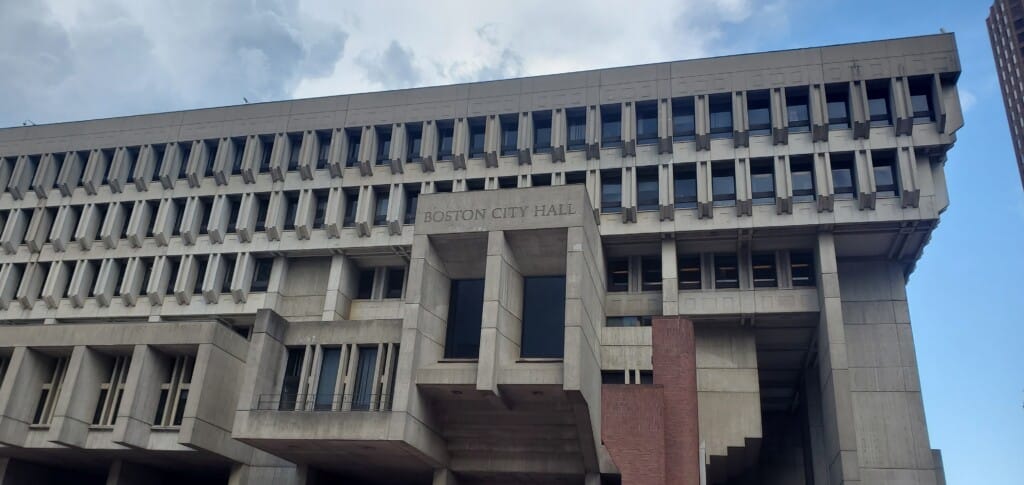In Defense of Brutalism
It’s cheap, easy, and quick to build, which makes it easily translatable to a socialist-influenced ideology.

Based on my estimates, about three times a year the 1950-60s architectural movement and style referred to as “Brutalism” re-enters public discourse and the cycle starts again: liberals think it too authoritarian in aesthetic, conservatives think it inferior to Classical (European) styles, and most everyone else just regards it ugly—and Brutalist apologists feebly attempt a politically ecumenical defense. Here’s my version of the triannual defense.
Brutalism, etymologically coming from the French “Béton brut” (or raw concrete), is a style with post-war British origins that is most commonly associated with minimalism, low-cost housing, and utilitarian or socialist ethics. It’s cheap, easy, and quick to build, which makes it easily translatable to a socialist-influenced ideology.
One of former president Donald Trump’s last executive orders, the Executive Order on Promoting Beautiful Federal Civic Architecture, loosely defines the style: “‘Brutalist’ means the style of architecture that grew out of the early 20th-century modernist movement that is characterized by a massive and block-like appearance with a rigid geometric style and large-scale use of exposed poured concrete.” This order, not coincidentally, was the latest catalyst of the Brutalism discourse. It limited the choices for the design of new federal buildings decidedly against Brutalism, favoring Classical styles.
Continue reading at the post calvin.